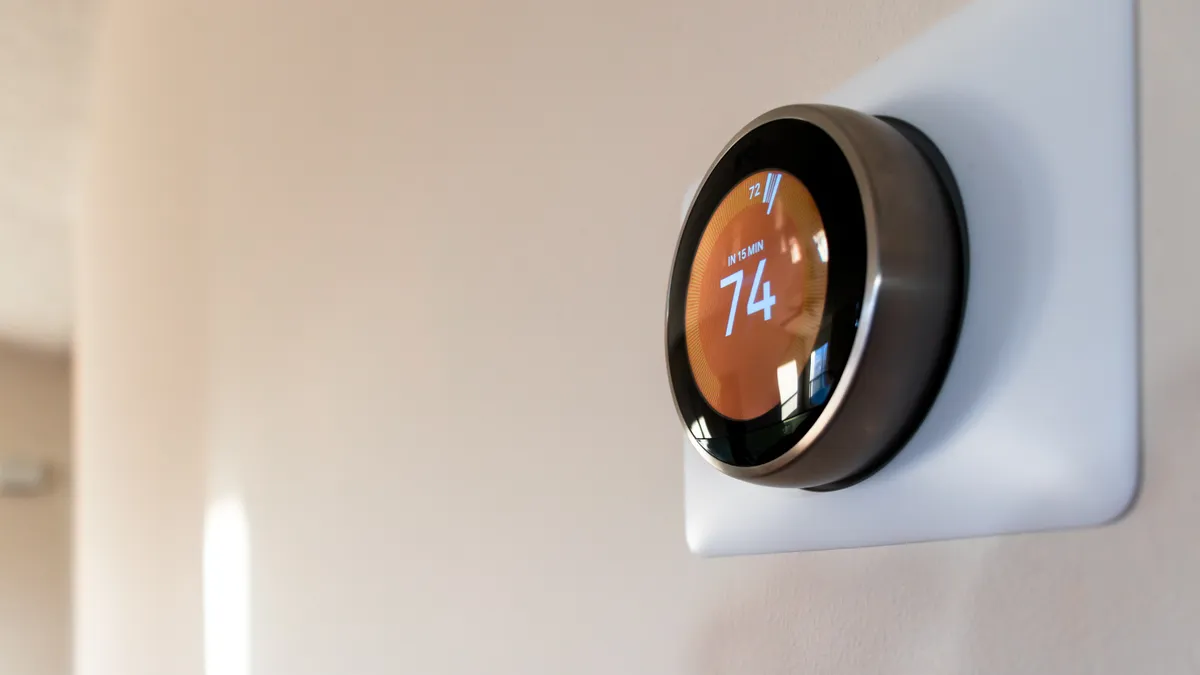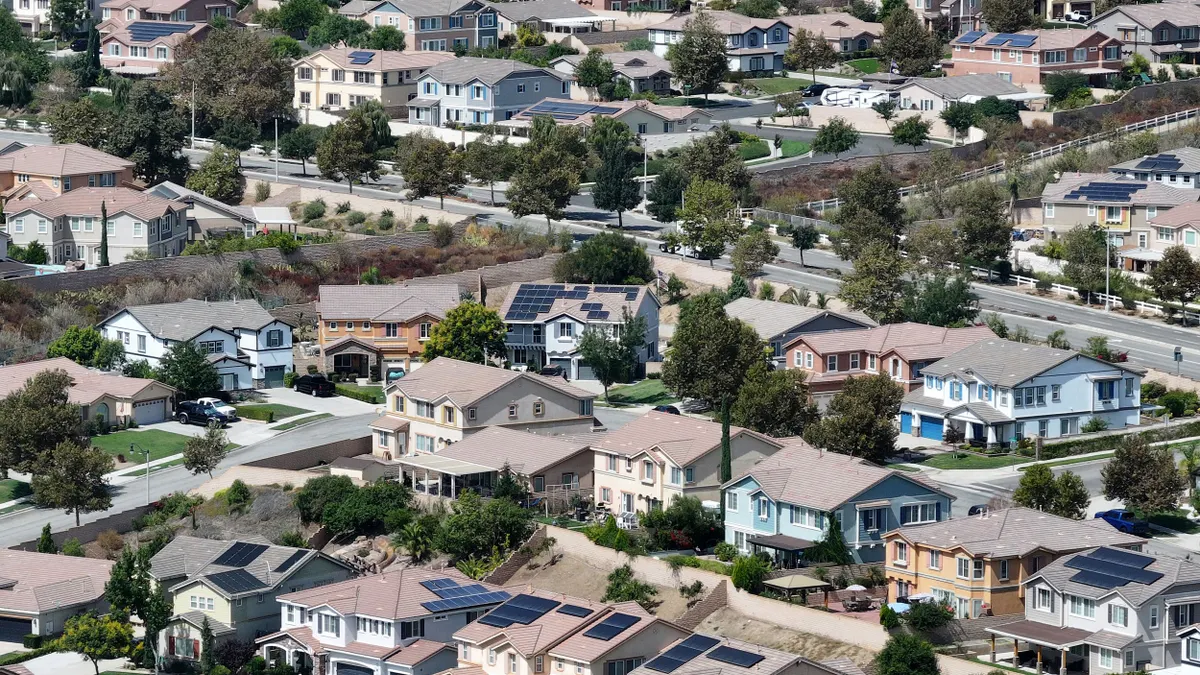Like all large utilities these days, Commonwealth Edison is working to help customers reduce their demand through energy efficiency, and control their usage with a variety of management programs. But the utility has gone a step beyond standard demand response and efficiency offerings and is working to develop an internal pipeline of pilot projects and partnerships, focused on new technologies and data processing.
The utility's programs are being aided by the rollout of a planned 4 million smart meters which can now be utilized by third parties providing demand management services.
“Data is a big driver and we have so much more data than we had in the past, once the [advanced metering infrastructure] was installed,” said ComEd Manager of Demand Response and & Dynamic Planning, James Eber. “We're looking for any creative ways to provide additional feedback to drive efficiency. But then we also look a emerging technologies.”
Two pilots the company ran in recent years focused on smart thermostats, and both led to a full scale rebate. Now, ComEd is partnered with Bidgely and MeterGenius on projects which operate out of the company's energy efficiency budget.
With MeterGenius, announced in December and still ramping up, the utility is giving about 6,500 customers access to web and mobile applications that allow them to track their usage, set budgets, and earn “points,” which can then be redeemed for efficiency services or gift cards. The program is still recruiting, however, as customers have to opt in to the program. "It's a different approach to the use of data," Eber said. "We've been trying to give customers the opportunity to see that data, and get feedback."
In the Bidgely pilot, which began last year, participants receive a home energy monitoring device to connect directly to their ComEd smart meter, in turn providing real-time data to the Bidgely cloud.
The MeterGenius pilot uses hourly data from the customer's meter, but pulls it once a day. “The Bidgely pilot puts an 'energy bridge' in the customer's home that speaks directly with the meter, and uses the customer's wifi to get data to Bidgely in near real-time,” said Eber. While the cost of the device is the primary expense, the extra data analysis is also a bit more costly. “Instead of measuring 24 data points, you're measuring 24 by 60. There's a lot more data."
Both pilots were developed through the utility's SmartGridExchange program, which ComEd describes as a partnership between the utility and “local universities and startups to explore and design new innovative products and services that help customers benefit from smart grid technology.” It's helping the utility continue to work with evolving technologies, from test phase to full integration.
“We are always looking for applications of new technologies on a small scale,” Eber said. The utility has also go its eye on energy storage, “not only residential – behind the meter in general is a very interesting area to be in.”
Smart meter rollout halfway home
Data from ComEd's installed AMI is already flowing to its partners, like Bidgely. But the utility only last week announced it had reached the midpoint of its campaign.
The wide rollout of AMI was authorized by Illinois lawmakers in 2011, a decade-long, $2.6 billion grid modernization effort. But in 2012, the utility announced it had postponed the campaign due to cost recovery disputes, and began installations in 2013.
The utility now has 2.1 million smart meters installed. And it used the announcement to nudge customers to participate in Peak Time Savings, a behavioral demand response program. ComEd had 57,000 customers enrolled in the program last year, managed by Opower, resulting in savings of $400,000.
The millions of smart meters give customers access to a wide range of tools, and in a statement, ComEd Senior Vice President Val Jensen noted that “some of these programs require very little effort from customers but deliver noticeable savings.” Through the smart-meter enabled Peak Time Savings program, customers can earn a $1 credit on their bills for every kWh saved during high demand periods.
All told, ComEd had 1,320 MW of potential demand response last year, the bulk of it (1,200 MW) through its commercial and industrial voluntary load response program. On the residential side, the utility's AC cycling program adds 105 MW, with 10 MW from the peak time savings program and 5 MW in its hourly pricing program.
Based on normalized peak weather in 2015, Eber said the the demand response potential at ComEd equaled 5.8% of the peak load. And the utility will spend about $220 million this year on its efficiency programs, which Eber said the utility expects to achieve savings of 1,220,000 MWh.
Efficiency, demand response efforts mingle
While utilities tend to see their demand response and efficiency programs as distinct resources with independent budgets, that trend is slowly changing. To the customer, it makes little difference. And as utilities find common ground between the DR and EE tranches, some work can be merged and cost savings aligned.
A new report out by Navigant shows spending in the integrated demand side management space is set to grow quickly, as utilities look for program efficiencies. Revenues in the sector could grow from not even $40 million this year, to $1.2 billion in 2025.
“Customers kind of see it all as energy or energy management, so we are trying to make it easy on customers to get both benefits out of a technology like a smart thermostat," said Eber. "A customer could buy a smart thermostat and get the efficiency rebate, and what we're trying to put in place is the mechanism for customers to use that thermostat as a way to participate in our peak time savings plan or AC cycling."
In that example, a residential customer who takes advantage of the energy efficiency smart thermostat rebate ($100, if the customer handles the installation) they can also sign up for ComEd's Air Conditioning Cycling Program and earn a demand response credit of up to $40 for the summer.
"There is some merging going on," said Eber. "To the customer, it's just a thermostat."





















